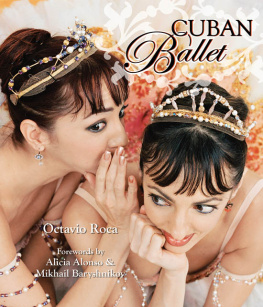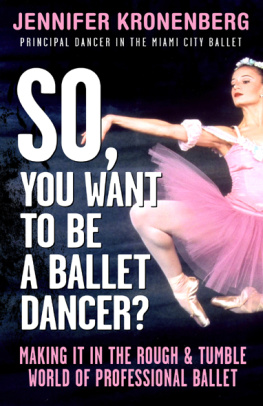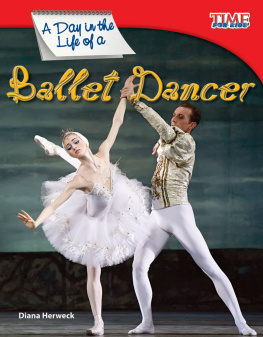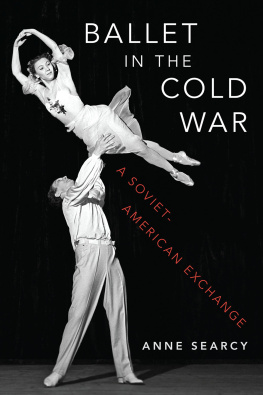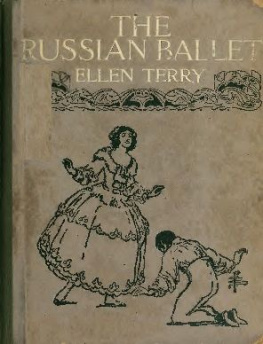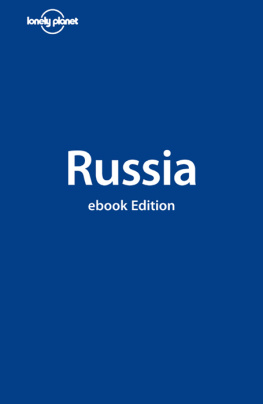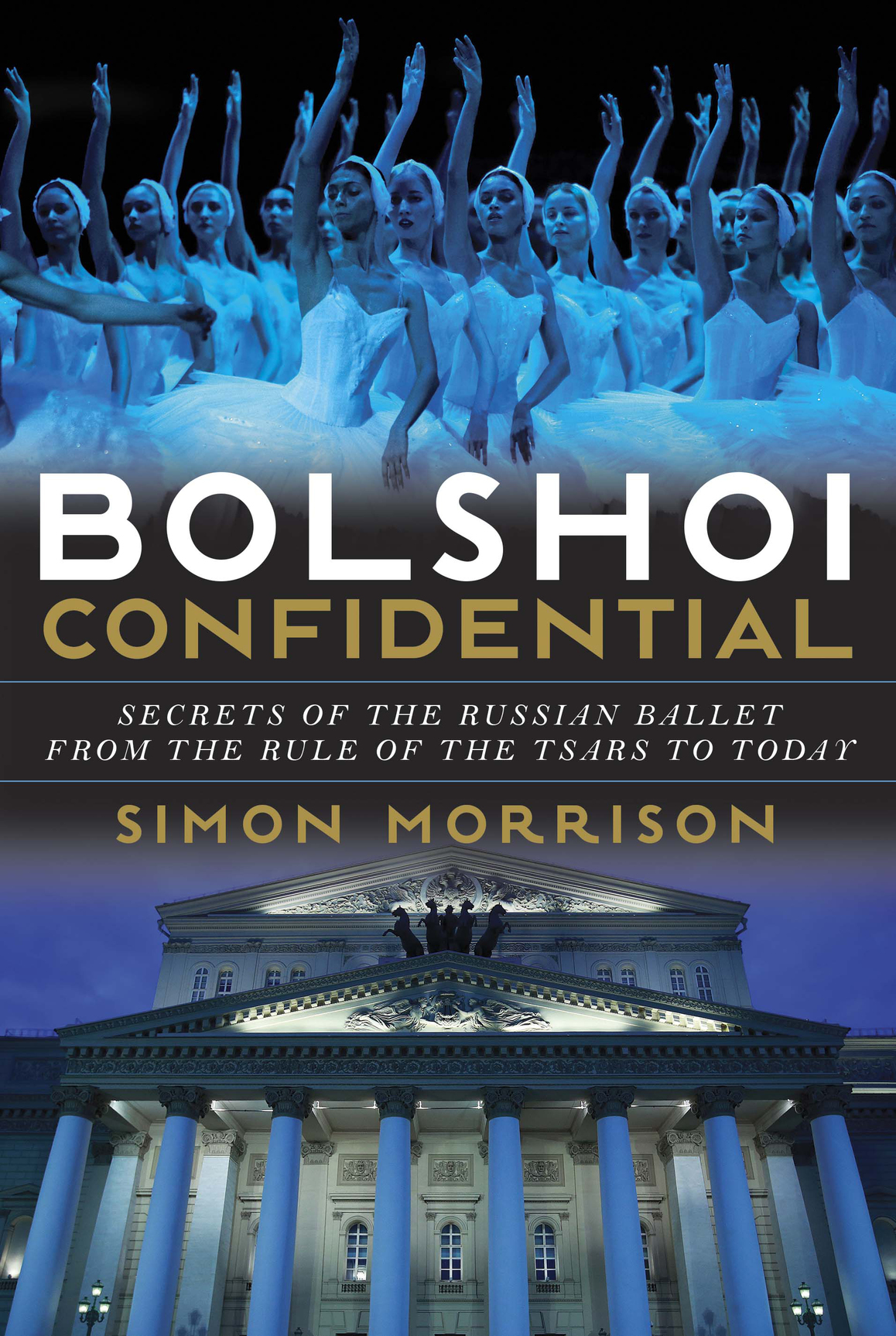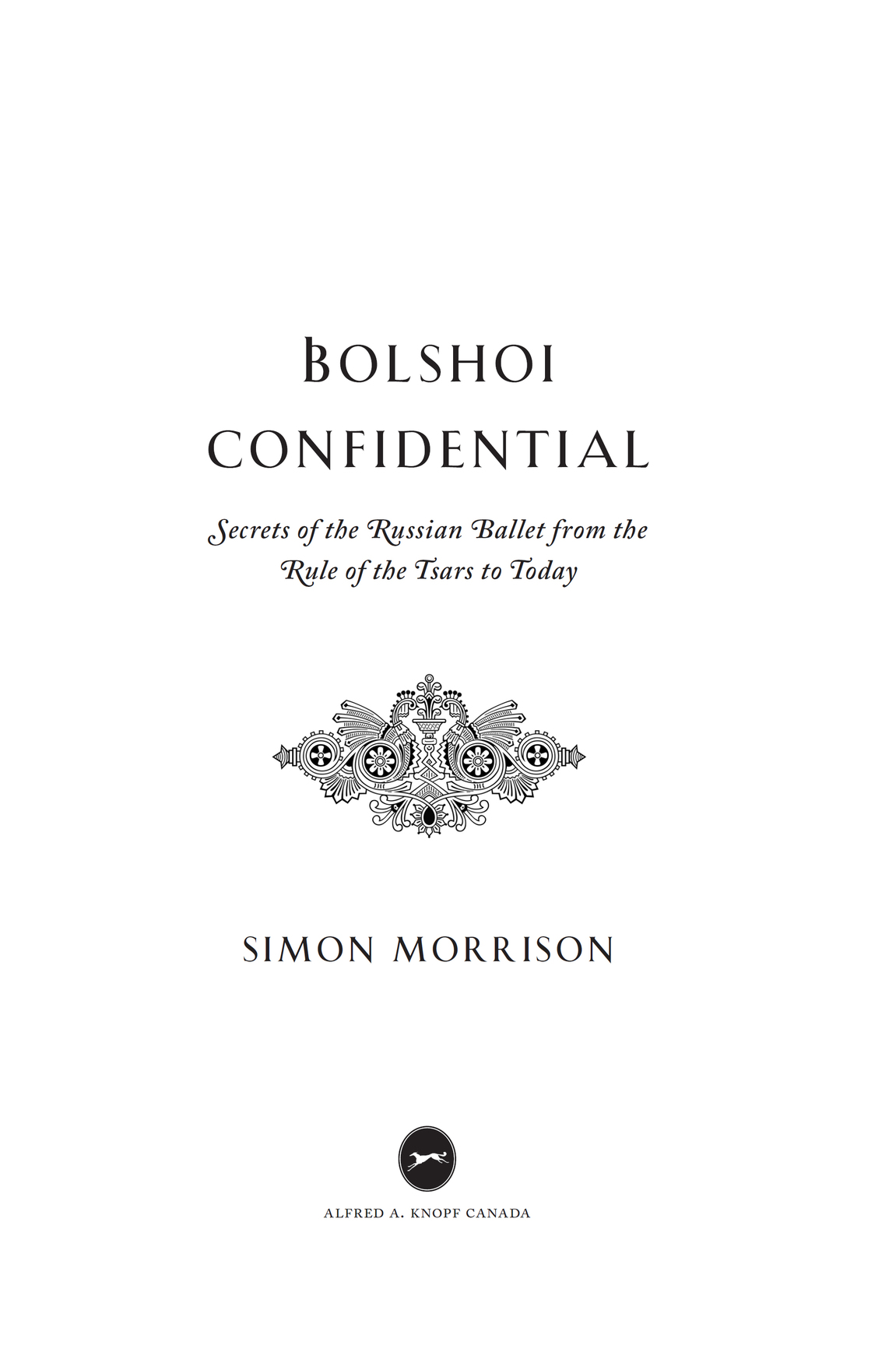Contents
PUBLISHED BY ALFRED A. KNOPF CANADA
Copyright 2016 Simon Morrison
Anna Sobeshchanskaya as Odette; Gorskys choreographic photo etudes, 190709;
Simon Virsaladze, Alexander Lavrenyuk, and Plisetskaya, Legend of Love, 1972 courtesy of Bakhrushin Museum. The Bolshoi Theater, May 15, 2015, courtesy of author. All other images courtesy of Russian State Archive of Literature and Art.
All rights reserved under International and Pan-American Copyright Conventions. No part of this book may be reproduced in any form or by any electronic or mechanical means, including information storage and retrieval systems, without permission in writing from the publisher, except by a reviewer, who may quote brief passages in a review. Published in 2016 by Alfred A. Knopf Canada, a division of Penguin Random House Canada Limited, Toronto, and simultaneously in the United States by Liveright Publishing Corporation, a division of W. W. Norton & Company, Inc., New York. Distributed in Canada by Penguin Random House Canada Limited.
www.penguinrandomhouse.ca
Knopf Canada and colophon are registered trademarks.
Library and Archives Canada Cataloguing in Publication
Morrison, Simon Alexander, 1964, author
Bolshoi confidential : secrets of the Russian ballet from the rule of the tsars to today / Simon Morrison.
Includes bibliographical references.
Issued in print and electronic formats.
ISBN 978-0-345-81423-4
eBook ISBN 978-0-435-81425-8
1. Bolshoi teatr Rossii. BaletHistory. 2. BalletRussiaHistory.
3. BalletSoviet UnionHistory. 4. Ballet companiesRussiaHistory.
5. Ballet companiesSoviet UnionHistory. 6. BalletPolitical aspectsRussiaHistory. 7. BalletPolitical aspectsSoviet UnionHistory.
I. Title.
GV1786.B64M67 2016792.80947C2016-903164-0
Ebook ISBN9780345814258
Cover art: Sergei Fadeichev/ITAR-TASS Photo/Corbis;
Ballet dancers of the Bolshoi Ballet Olaf Kraak / Stringer / Getty Images
v4.1
a
For Nika, who retired from ballet
before she was five.
CONTENTS
A Note on Transliteration and Dates
T HE TRANSLITERATION SYSTEM used in this book is the one devised, phonetically, by Gerald Abraham for the New Grove Dictionary of Music and Musicians (1980), with the modifications introduced by Richard Taruskin in Mussorgsky: Eight Essays and an Epilogue (1993). It renders the Russian letter as and the combination in the name as Mikhal. Exceptions to the system concern some commonly accepted spellings of Russian and non-Russian names and places (for example, Alexei rather than Aleksey, Dmitri rather than Dmitriy, Maddox rather than Medoks, St. Petersburg rather than Sankt-Peterburg) and surname suffixes (Verstovsky rather than Verstovskiy). For ease on the eye, I favored Ekaterina over Yekaterina and Elena over Yelena. In the bibliographic citations, however, the transliteration system is heeded without exception (Dmitriy rather than Dmitri, and so on). Surname suffixes are presented intact, and soft signs preserved as diacritical apostrophes.
R USSIA RETAINED USE of the Julian calendar from antiquity until January 1, 1918, when the Bolsheviks under Lenin mandated the conversion to the Gregorian calendar of western Europe. Before the reign of Peter the Great (16821725), Russians marked the start of the year on September 1 rather than January 1, and numbered years from the date of the creation of the Earth rather than the birth of Christ. Peter the Great reformed the counting of the years but upheld the use of the Julian calendar in deference to the Russian Orthodox Church. So in effect, before the Bolshevik overthrow of Tsar Nicholas II, the Russian calendar was twelve days behind that of the western European calendar. In this book, dates are specified according to the calendar in use in Russia: Julian before 1918 (abbreviated O.S.), Gregorian afterward.
INTRODUCTION
O N THE NIGHT of January 17, 2013, Sergey Filin, artistic director of the Bolshoi Theater Ballet, returned to his apartment near the central ring road in Moscow. He parked his black Mercedes outside the building and trudged through the wet falling snow toward the main entrance. His two boys were asleep inside, but he expected that his wife Mariya, herself a dancer, would be waiting up for him. Before he could tap in the security code to open the metal gate, however, a thickset man strode up behind him and shouted a baleful hello. When Filin turned around, the hooded assailant flung a jar of distilled battery acid into his face, then sped off in a waiting car. Filin dropped to the ground and cried for help, rubbing snow into his face and eyes to stop the burning.
The crime threw into chaos one of Russias most illustrious institutions: the Bolshoi Theater, crown jewel during the imperial era, emblem of Soviet power throughout the twentieth century, and showcase for a reborn nation in the twenty-first. Even those performers, greater and lesser, whose careers ended in personal and professional sorrow could justly believe that their lives had been blessed thanks to the stage they had graced. The Bolshois dancers transcended the cracked joints, pulled muscles, and bruised feet that are among the hazards of ballet to exhibit near-perfect poses and unparalleled equipoise. Orphans became angels within the schools that served the theater in the first years of its existence; the Bolshoi then nurtured the great ballet classics of the nineteenth century, and more recently the sheer skill of its dancers has redeemed, at least in part, the ideological dreck of Soviet ballet. The attack on Filin dismantled romantic notions of the art and its artists as ethereal, replacing stories about the breathtaking poetic athleticism on the Bolshoi stage with tales of sex and violence behind the curtainpulp nonfiction. Crime reporters, political and cultural critics, reviewers, and ballet bloggers alike reminded their readers, however, that the theater has often been in turmoil. Rather than an awful aberration, the attack had precedents of sorts in the Bolshois rich and complicated past. That past is one of remarkable achievements interrupted, and even fueled, by periodic bouts of madness.
The history of the Bolshoi travels hand in hand with the history of the nation. As goes Russia, so goes the Bolshoiat least since the Russian Revolution, when the seat of power moved from St. Petersburg to Moscow. Under the tsars in the imperial capital of St. Petersburg, the Mariyinsky Theater (also known as the Kirov Theater) possessed the most prestige; the city of Moscow and its precariously financed ballet and opera house were considered provincial. But depending on who is looking and from where, one theater, one city, one lineage or another might appear in the foreground of a long tradition. In the twentieth century, the Bolshoi assumed pride of place within Russia and on the international stage as the emissary not only of the Russian ballet tradition but also the Soviet state. Bodies speak in Realpolitik. Russian ballet does not privilege abstraction, and those choreographers who, on limited occasion, sought to create non-narrative, non-subjective works erred in imagining that abstraction could be assigned whatever concepts they desired. Looking at the video records of today and sifting through the archival remains of yesteryear affirm that neither the dance nor the music attached to it is, or ever was, considered pure. Boldness and the projection of power are essential to politics and culture, especially within the context of President Vladimir Putins aggressive nationalist posturing. Today the Bolshoi seeks to regain the preeminence it forfeited after the collapse of the Soviet Union.



